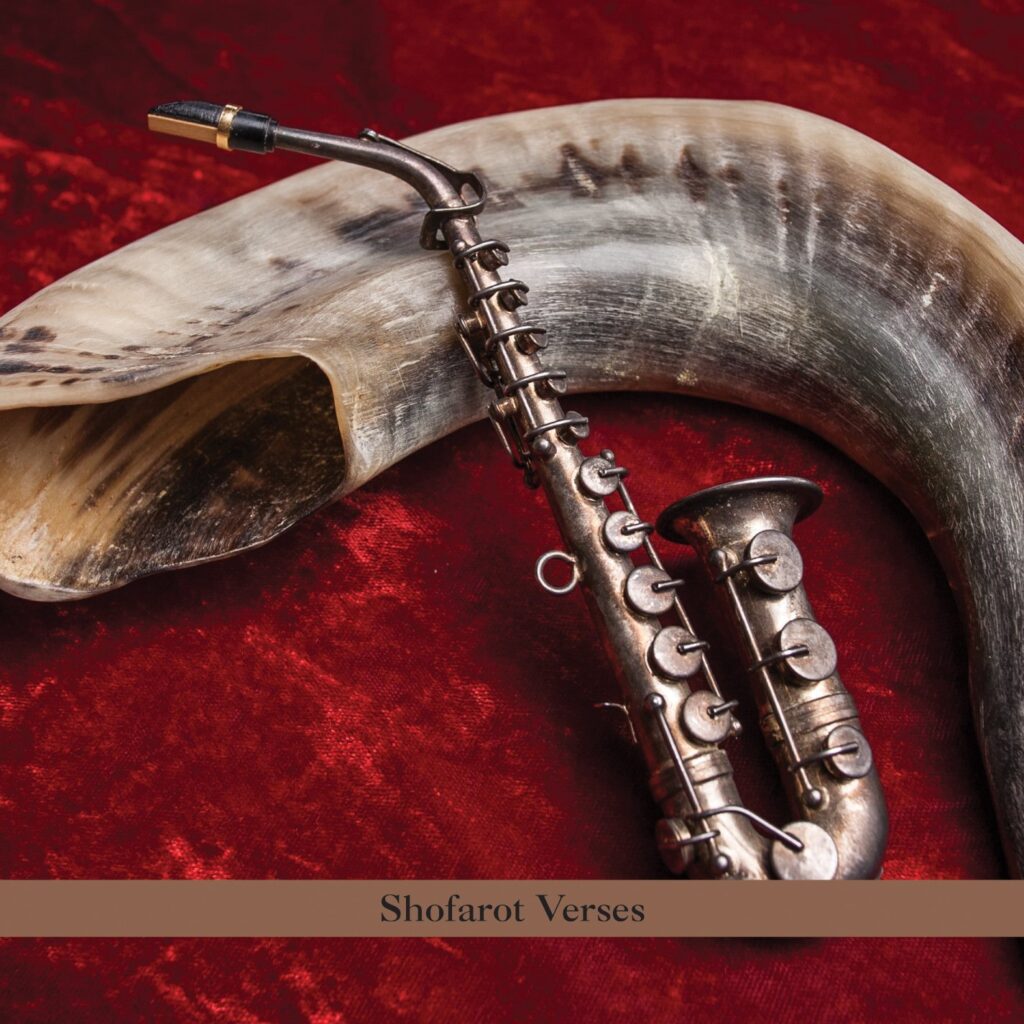In 2017, I wrote a JTA feature about Jewish punk bands’ use of the shofar, focusing on Yidcore, Schmekel, and Steve “Gangsta Rabbi” Lieberman. The piece had a lasting impact, being cited in The Wisdom Daily, two Forward articles, and a trivia question. The article listed other musicians who experimented with the shofar, including electronic artist Alvin Curran and jazz saxophonist Paul Shapiro. For Rosh Hashanah in 2018, I intended to pitch a “Radical Shofar” playlist—featuring songs from those five artists plus the Schleps—to Jewcy. It was going to be in the vein of the nine other holiday playlists/articles I wrote for Jewcy, but that website went on hiatus. My research notes about Curran and Shapiro—who were mentioned only in passing in the JTA feature—deserve to see the light of day.
Alvin Curran put out Shofar Rags, an album of avant-garde shofar songs, on Tzadik Records’ Radical Jewish Culture imprint in 2013. In the liner notes, he said that “Shofar der Zeit” featured “keyboard-sampled shofar sounds” in “an ad hoc, high energy improvisation.” Here are some other highlights from the liner notes:
- “When I was a kid the shofar was an unthinkable, even ridiculous instrument, simply not for me.”
- Shofar playing came across as “blowing horridly twisted air-filled squawks that sounded like [someone had] farted out of his mouth.”
- As an adult, Curran came back to the shofar in the mid-1980s: “But if this fetid tube offered some challenges, its unstable rudimentary repertoire of notes was just what I needed for my reductionist music.”
- “I always bought my shofars from the non-kosher bin . . . . Talmudic scholars say the shofar and its sound aren’t intrinsically sacred, only its sound directly heard in religious contexts, which as far as I am concerned leaves my horn just as I want it, the voice of nobody and the whole world at the same time.”
- “A curved tube of keratin with all its harmonic imperfections is not a Stradavarius, it is a chance system and can only do what it can do when made to vibrate audibly.”
- “Blowing the shofar, you can produce angelic tones or bestial schmutz with very little margin in between.”
- Curran’s challenge was “to morph the shofar’s archaic technology with the very latest software.”
The following year, Paul Shapiro released Shofarot Verses through Radical Jewish Culture. Regarding the liturgical song “Ashamnu,” he said in the liner notes, “I am the ba’al t’quia, literally the master blaster, but realistically just another guy putting some air through a ram’s horn with hopes of something emanating that I intended to hear.” This approach is reminiscent of punk rock’s disinclination for virtuoso musicianship.
Like the shofar-playing punk rockers, Curran and Shapiro removed the shofar from the religious context most people associate it with and cleverly incorporated it into their own music styles.



No Comments